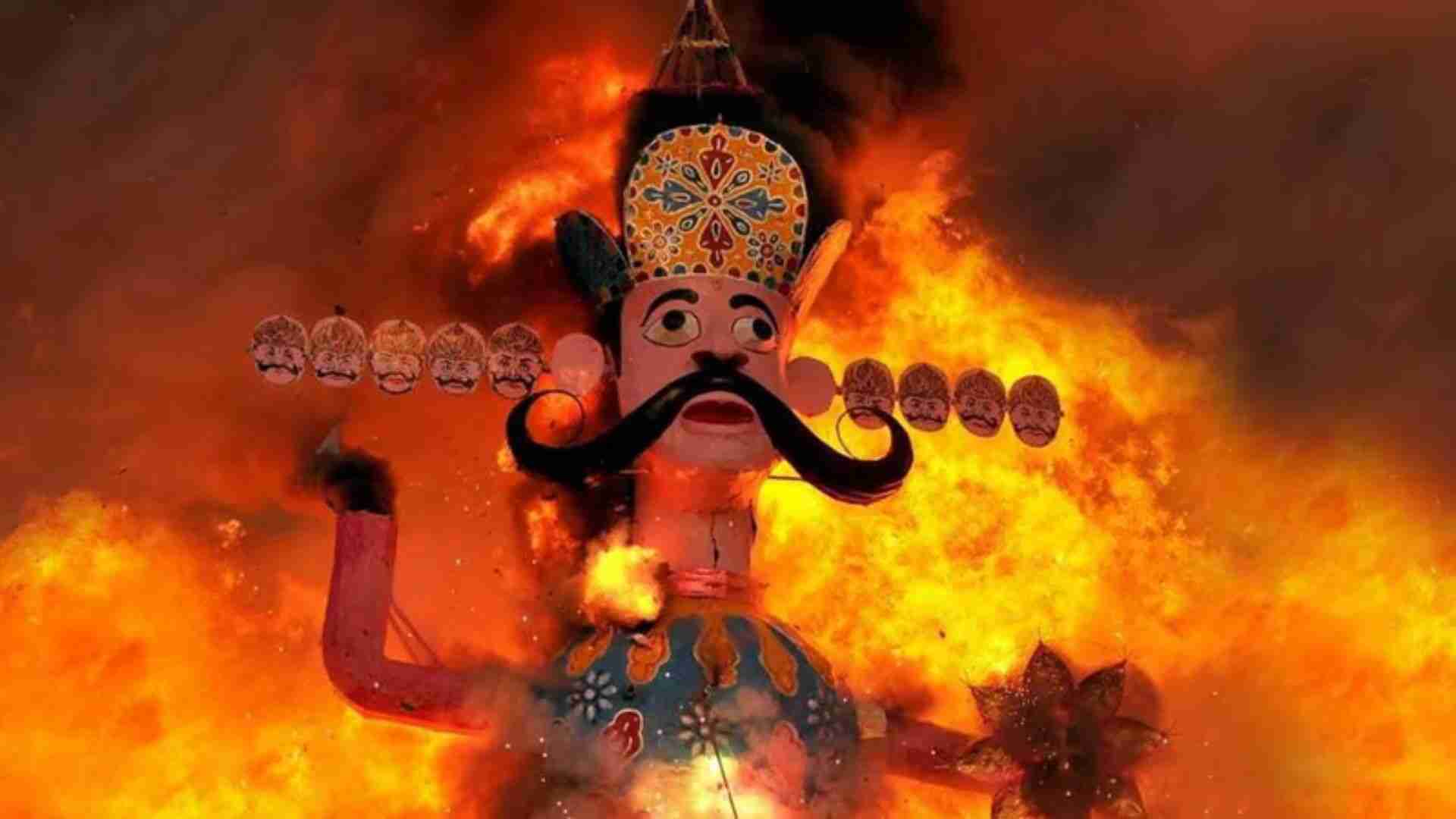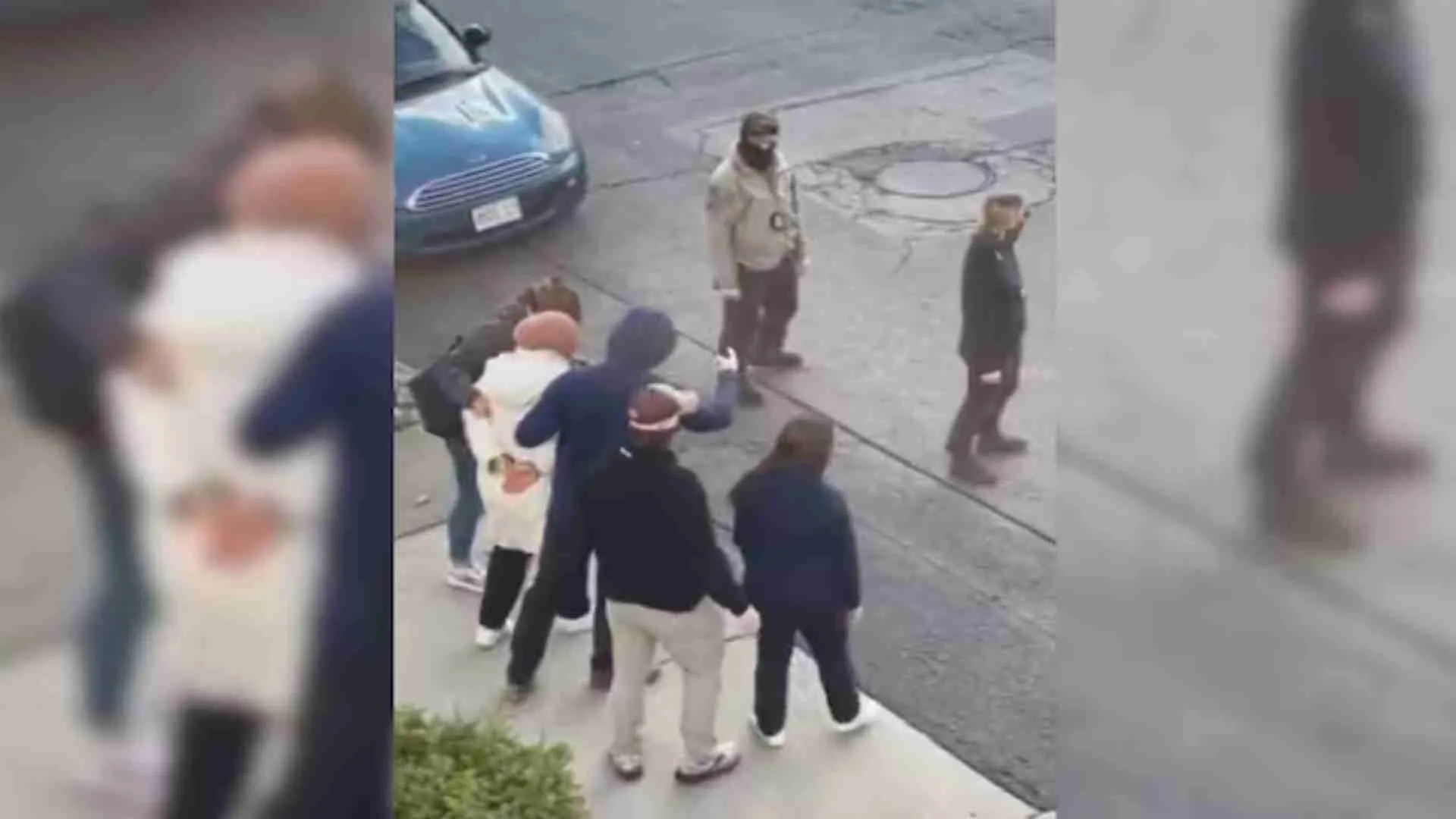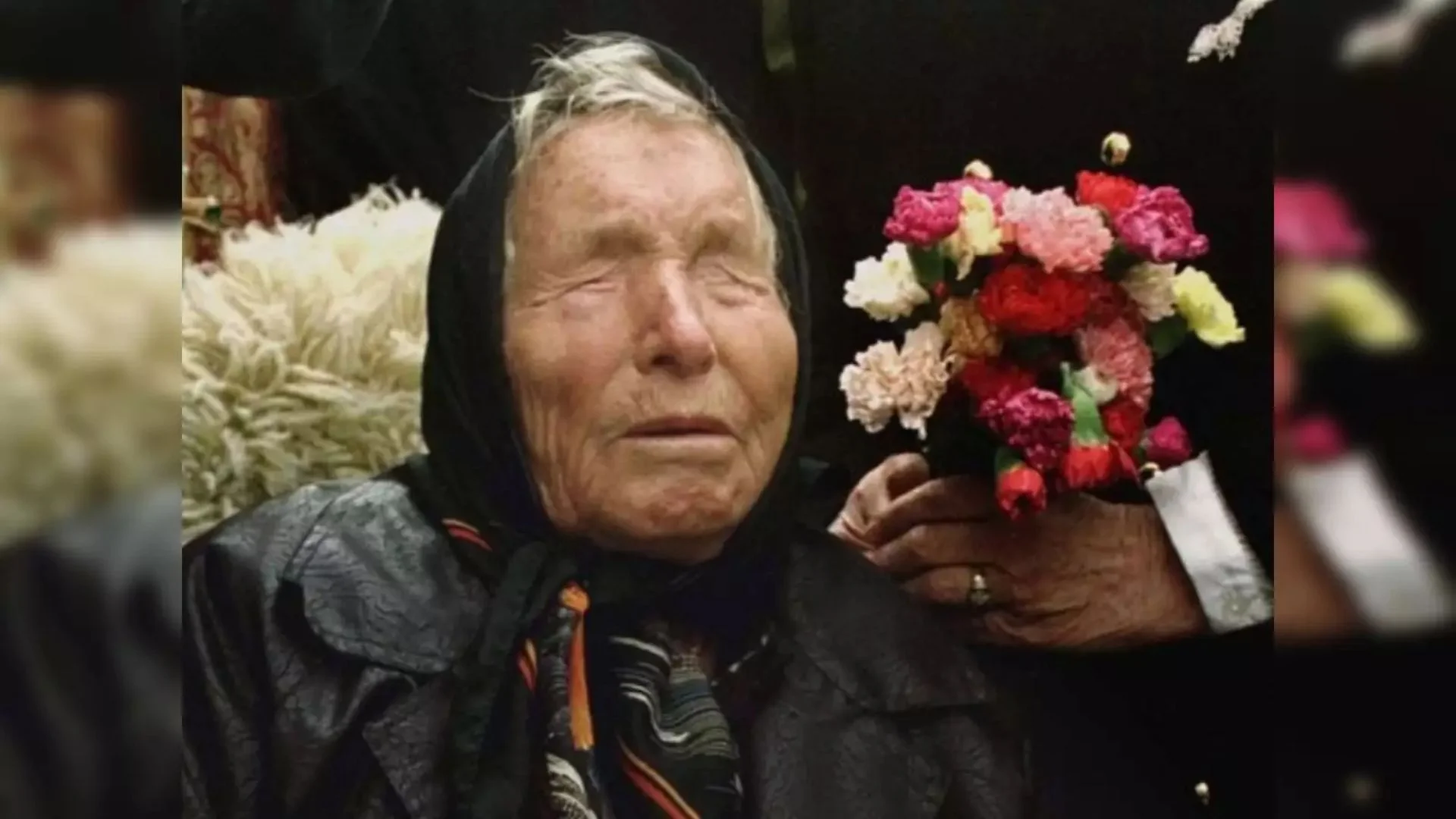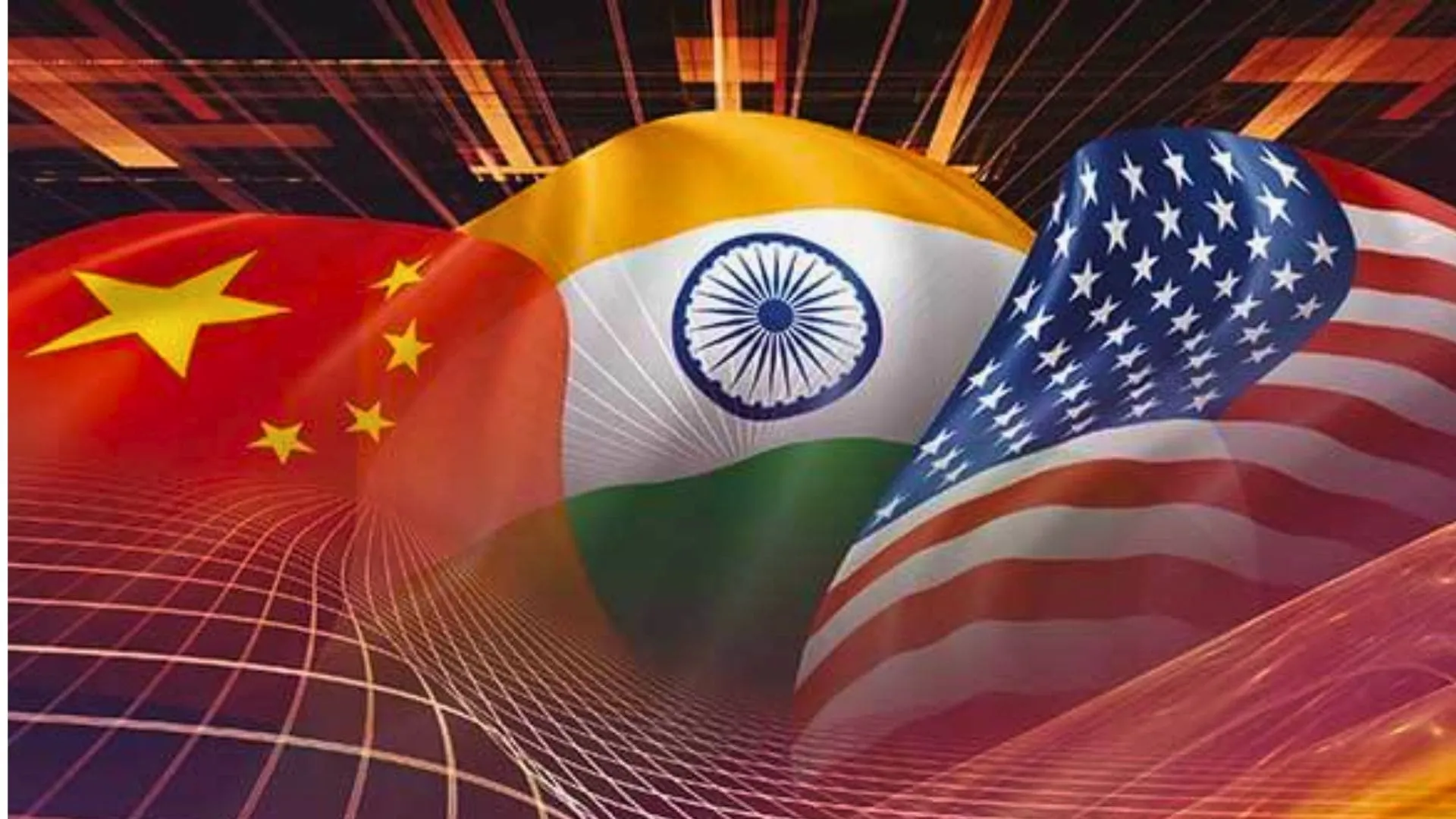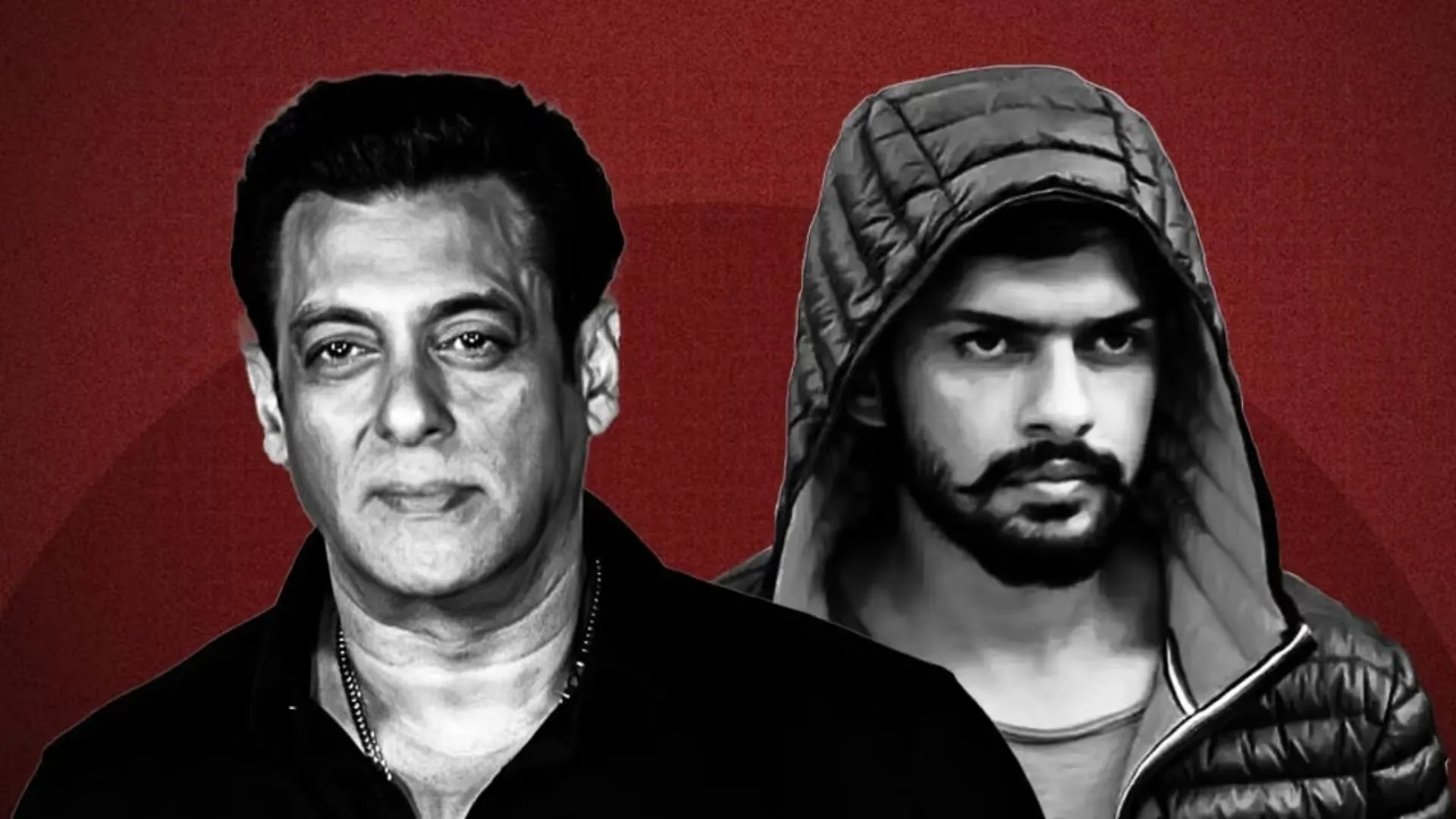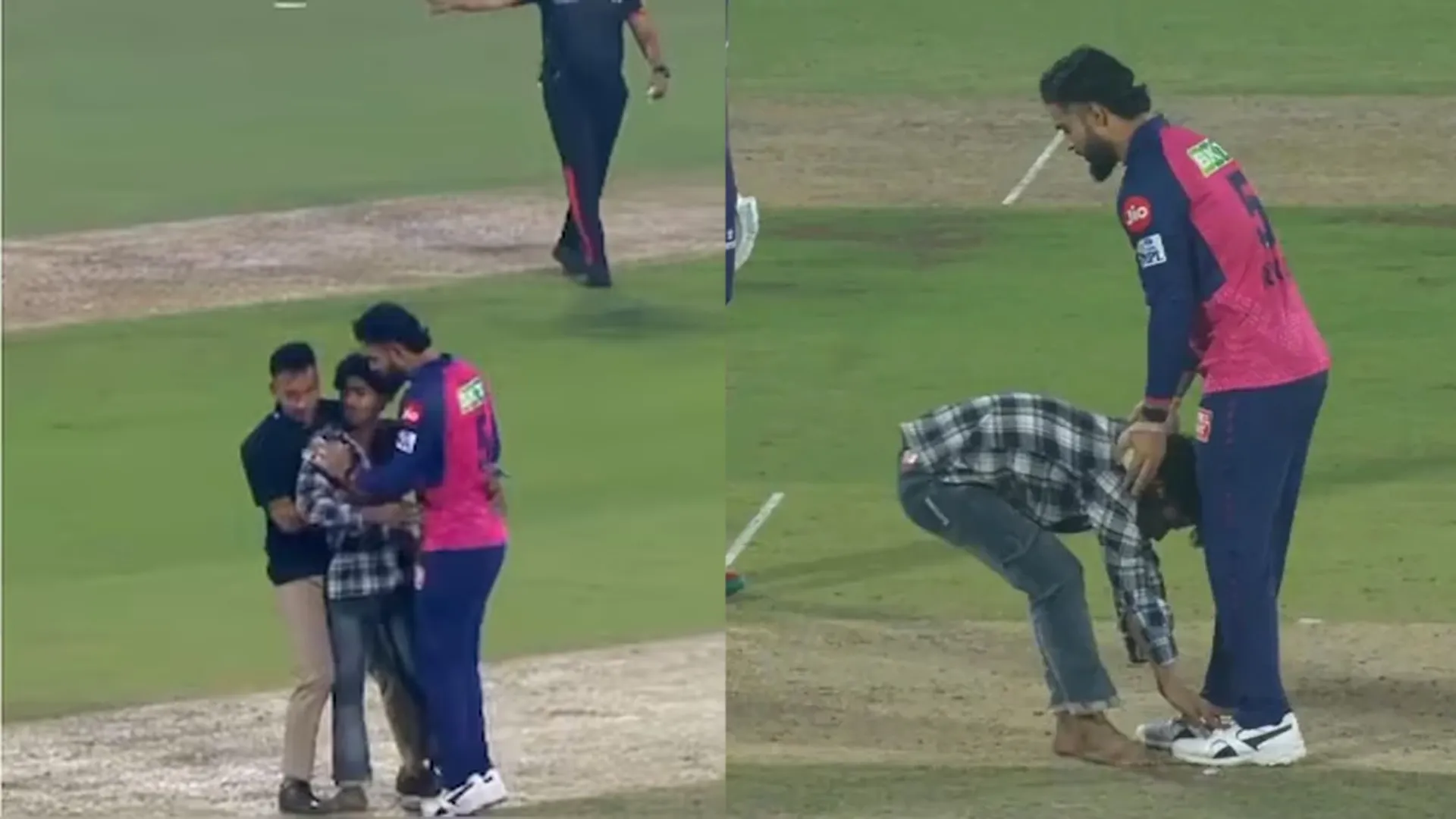Dussehra, observed on the tenth day of Ashwin’s waxing moon phase, celebrates Lord Rama’s victory over the demon king Ravana. According to Hindu scriptures, the ritual of Ravan Dahan, which involves burning an effigy of Ravana, symbolizes the destruction of evil forces. This event represents the triumph of good over evil, knowledge over ignorance, and righteousness over sin. By participating in this ritual, Hindus reaffirm their commitment to dharma and seek Lord Rama’s blessings for strength and courage. Dussehra also marks the end of the nine-day Navratri festival, which honors Goddess Durga’s victory over the buffalo demon Mahishasura. The act of Ravan Dahan serves as a powerful reminder of the ongoing battle between virtue and vice. This year, Dussehra will be celebrated on October 12, 2024.
Dussehra 2024: Ravan Dahan Timing and Auspicious Moments
Astrological calculations determine the auspicious time for Ravan Dahan on October 12, 2024. Celebrations will begin at 10:58 AM on that day and will conclude at 09:08 AM on October 13. The ideal time for performing Ravan Dahan is after sunset, specifically between sunset and 10:33 PM, which is considered the most sacred period for this symbolic act.
Rituals of Ravan Dahan on Vijayadashami
The Dussehra Puja and Ravan Dahan rituals begin with cleansing and purifying the surroundings. Devotees set up effigies of Ravana, Kumbhakarna, and Meghnad, representing the forces of evil. The rituals start with Ganesha Pujan, seeking blessings from Lord Ganesha for success. Following this, worship is offered to Lord Rama, Goddess Sita, and Lord Hanuman, with prayers and recitations from the Ramayana.
Ravan Dahan Ritual
The Ravan Dahan ritual involves the burning of these effigies, symbolizing the defeat of evil. This ceremony typically takes place at sunset and is accompanied by chanting mantras and the sound of conch shells. Devotees pray to Lord Rama for strength and courage, as the act of burning Ravana’s effigy signifies the victory of good over evil, knowledge over ignorance, and righteousness over sin.
Post-Puja Rituals and Their Significance
After Ravan Dahan, devotees conduct aarti for Lord Rama and pray for prosperity and happiness. This occasion marks the conclusion of the nine-day Navratri festival, celebrating Goddess Durga’s triumph over Mahishasura. The Dussehra Puja and Ravan Dahan rituals highlight the eternal conflict between virtue and vice. By engaging in these practices, devotees reaffirm their commitment to dharma and seek divine assistance in overcoming life’s challenges. The celebrations end with the distribution of sweets and the exchange of greetings, fostering unity and harmony among family and friends.

